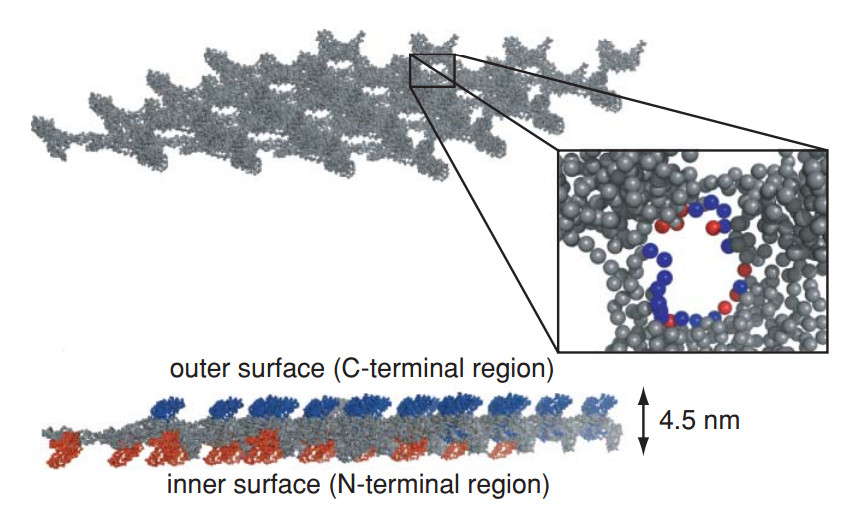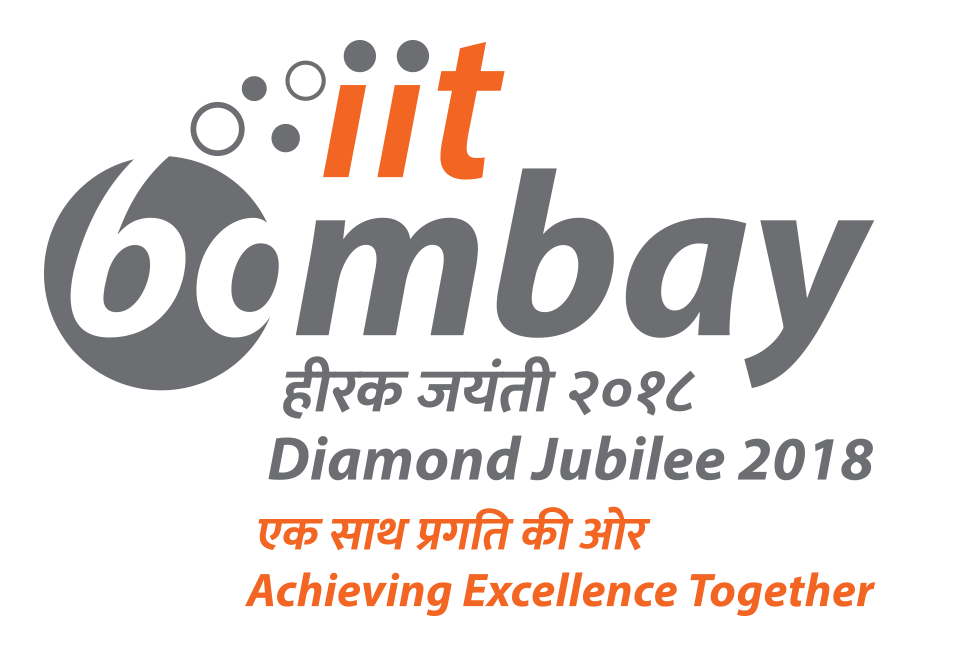
229-D
The field of quantitative biology is an emerging interdisciplinary field that attempts to unravel the physical forces and mechanisms that underlie various biological systems. The research in my group focuses on utilising the tools of statistical mechanics, nonlinear dynamics and condensed matter physics to address questions in the physics of biological systems, using a combination of analytical and simulation techniques. The major focus areas of research are:
- Spatial organisation of the 3D genome: The principles behind the organization of chromatin into a three-dimensional folded structure inside the nucleus remains an important open question. While the specific sequence has a role to play, at large length scales, the assembly is likely dominated by physical interactions. We investigate the role of various chromatin-protein interactions, such as lamin proteins and the SMC proteins in the organization of the nucleus.
[1] Ajoy Maji, Jahir Ahmad, Subhankar Roy, Buddhapriya Chakrabarti, Mithun K. Mitra
A Lamin Associated Chromatin Model for Chromosome Organisation
[biorxiv:788497] (2019)
[2] Ajoy Maji, Ranjith Padinhateeri, Mithun K. Mitra
The accidental ally: Nucleosomal barriers can accelerate cohesin mediated loop formation in chromatin
[biorxiv:861161] (2019) - Epigenetic landscapes: One of the major areas of research we have been engaged in involves understanding the mechanisms underlying the reprogramming of a fully differentiated cell back to a stem cell state. We attempt to put on a mathematical footing the concept of an "epigenetic landscape" put forward by Waddington, by using dynamical equations that models the underlying gene regulatory networks. In particular, we have been interested in the role of time-delayed feedback loops in this differentiation process.
[1] Mithun K. Mitra, Paul Taylor, Chris Hutchison, T.C.B. McLeish, Buddhapriya Chakrabarti
Delayed selfregulation and timedependent chemical drive leads to novel states in epigenetic landscapes
Journal of the Royal Society Interface, 11, 20140706 (2014) [arxiv:1306.2538]
[2] Bivash Kaity, Ratan Sarkar, Buddhapriya Chakrabarti, Mithun K. Mitra
Reprogramming, oscillations and transdifferentiation in epigenetic landscapes
Scientific Reports, 8, 7358 (2018) [bioRxiv:193599] - Early embryonic development in Drosophila: We are interested in how morphogen gradients form and how cytoplasmic and cortical structures evolve in the early syncitial Drosophila embryo. In particular, we investigate how interactions with cytoplasmic and membrane elements can shape the formation of gradients.
[1] Sameer Thukral, Bivash Kaity, Bipasha Dey, Swati Sharma, Amitabha Nandi, Mithun Mitra, Richa Rikhy
Cytoarchitecture constrains a photoactivation induced tubulin gradient in the syncytial Drosophila embryo
(To appear in Int. Journal of Developmental Biology) (2019) [bioRxiv: 520031] - Intracellular transport and force generation by molecular motors: The ability of the cell to maintain the spatial organization of its constituents and modify it in regulated fashion in response to external and internal cues crucially depends on motor driven intracellular transport of cellular cargoes. Cellular cargo is transported by motor proteins - such as kinesins and dynein - walking along cytoskeletal filaments such as Microtubules (MT) and Actin. One of the main aims of our research is to theoretically explore how the property of catch bonding in dynein manifests itself in the emergent collective transport properties within the cell and shapes the mechanical response of cellular constituents.
[1] Anil Nair, Sameep Chandel, Mithun K. Mitra, Sudipto Muhuri, and Abhishek Chaudhuri
Effect of catch bonding on transport of cellular cargo by dynein motors
Phys. Rev. E, 94, 032403 (2016) [arxiv:1602.02423]
[2] Palka Puri, Nisha Gupta, Sameep Chandel, Supriyo Naskar, Anil Nair, Abhishek Chaudhuri, Mithun K. Mitra, Sudipto Muhuri
Dynein catch bond as a mediator of codependent bidirectional cellular transport
Phys. Rev. Research, 1, 023019 (2019) [bioRxiv:250175]
I am generally interested in problems where one can use equilibrium and non-equlibirum statistical mechanics to study biological systems. I also maintain an interest in purely physics problems - particularly in Active matter physics, and the physics of polymer systems.
- Palka Puri, Nisha Gupta, Sameep Chandel, Supriyo Naskar, Anil Nair, Abhishek Chaudhuri, Mithun K. Mitra, Sudipto Muhuri, Dynein catch bond as a mediator of codependent bidirectional cellular transport, Phys. Rev. Research, 1, 023019 (2019)
- Bivash Kaity, Ratan Sarkar, Buddhapriya Chakrabarti, Mithun K. Mitra, Reprogramming, oscillations and transdifferentiation in epigenetic landscapes, Scientific Reports, 8, 7358 (2018)
Mithun K. Mitra, Paul R. Taylor, Chris J. Hutchison, T.C.B. McLeish, Buddhapriya Chakrabarti Delayed self-regulation and time-dependent chemical drive leads to novel states in epigenetic landscapes, Journal of the Royal Society (Interface), 11, 201407062013 (2014)
Jing Hua, Mithun K. Mitra, M. Muthukumar Theory of volume transition in polyelectrolyte gels with charge regularization, J. Chem. Phys. 136, 134901 (1-14) (2012)
Christine Horejs, Mithun K. Mitra, Dietmar Pum, Uwe B. Sleytr, M. Muthukumar Monte Carlo study of the molecular mechanisms of S-Layer protein self-assembly, J. Chem. Phys. 134, 125103 (1-11) (2011)
Mithun K. Mitra, M. Muthukumar Theory of spinodal decomposition assisted crystallization in binary mixtures J. Chem. Phys. 132, 184908 (1-6) (2010)


